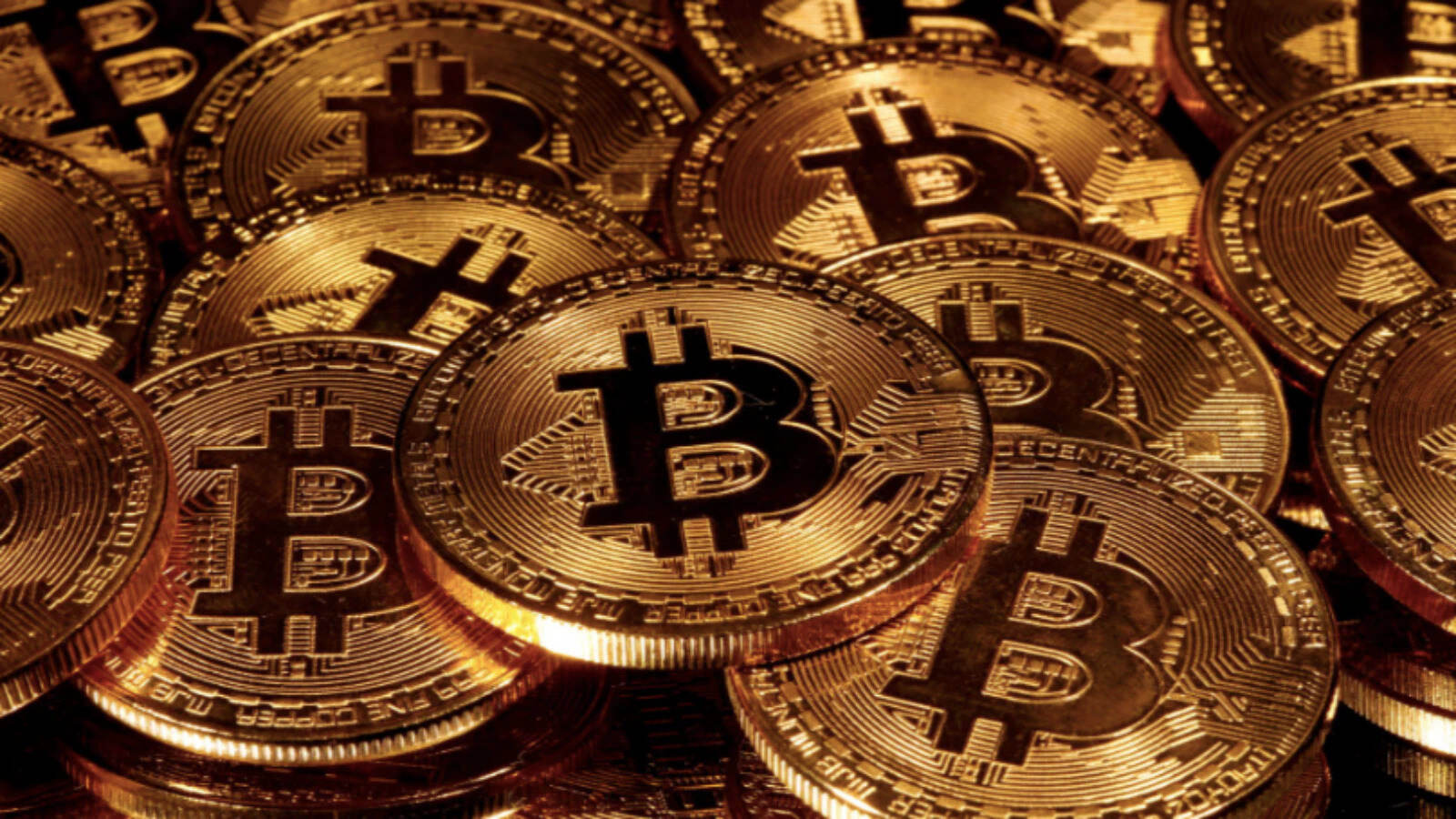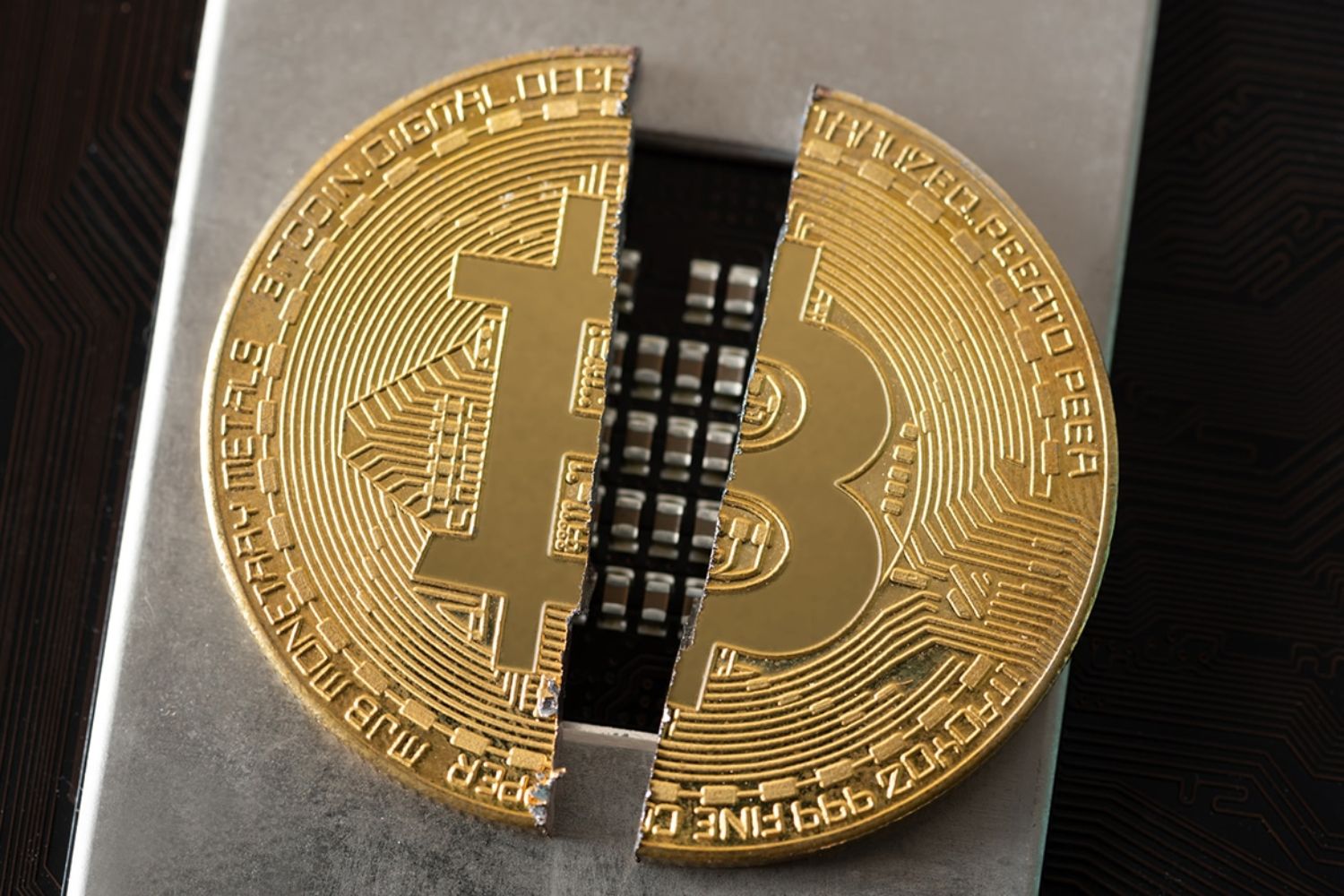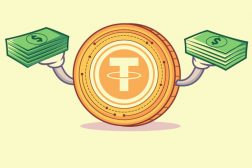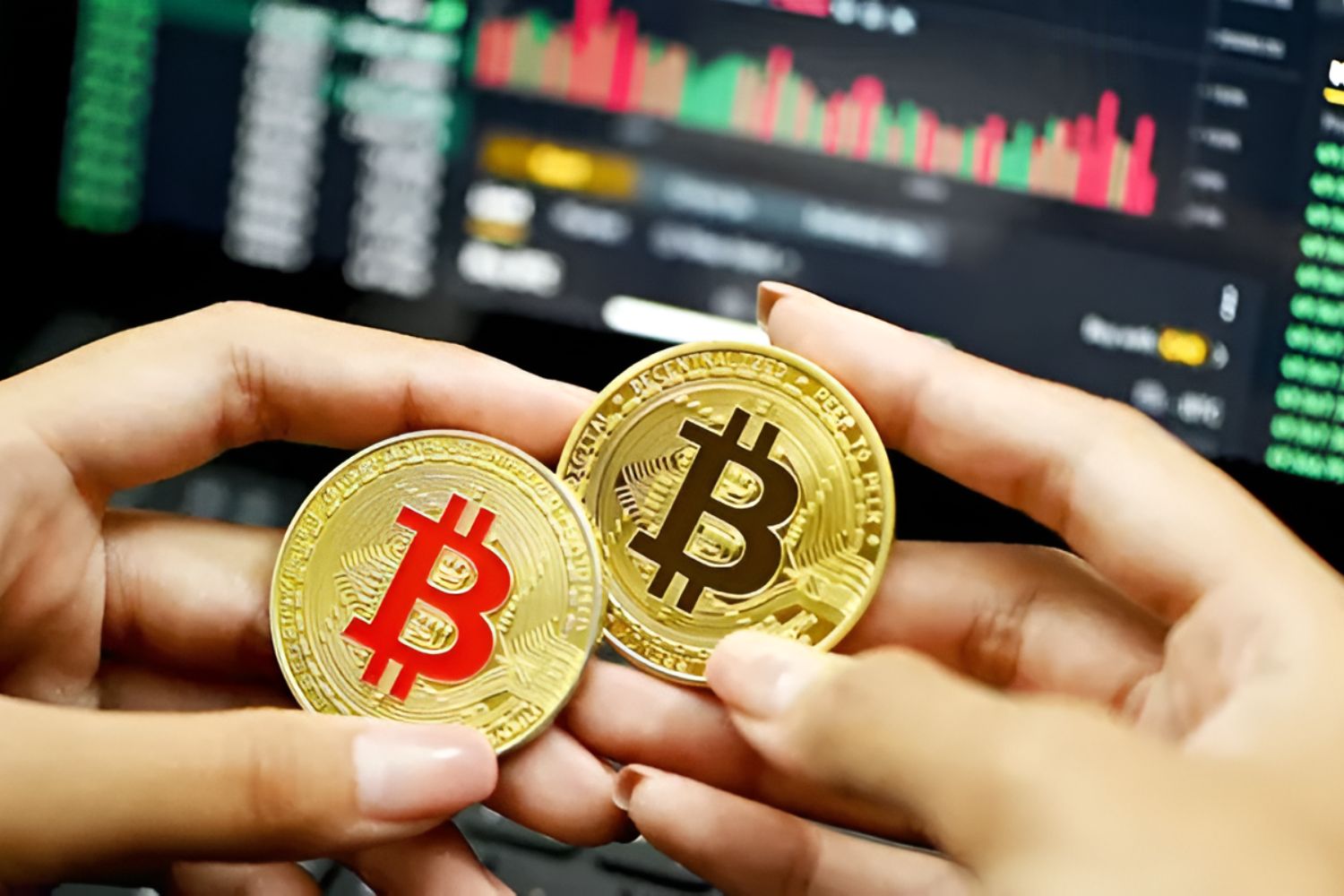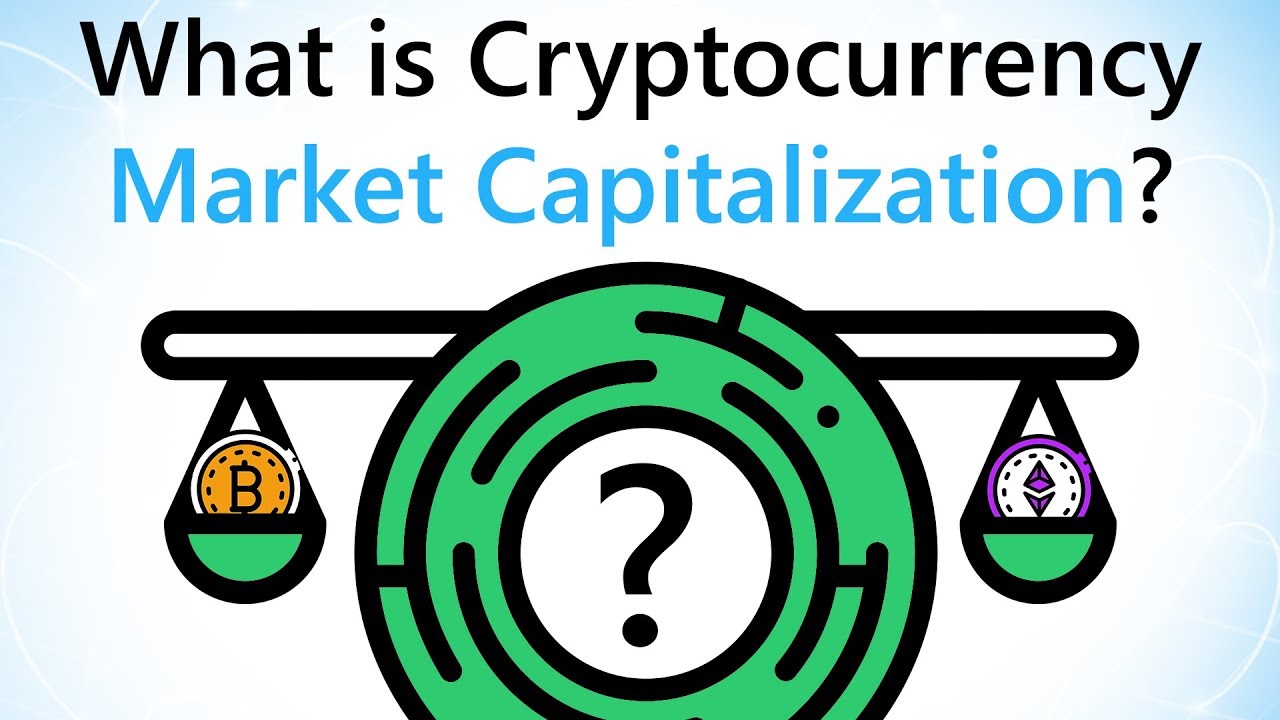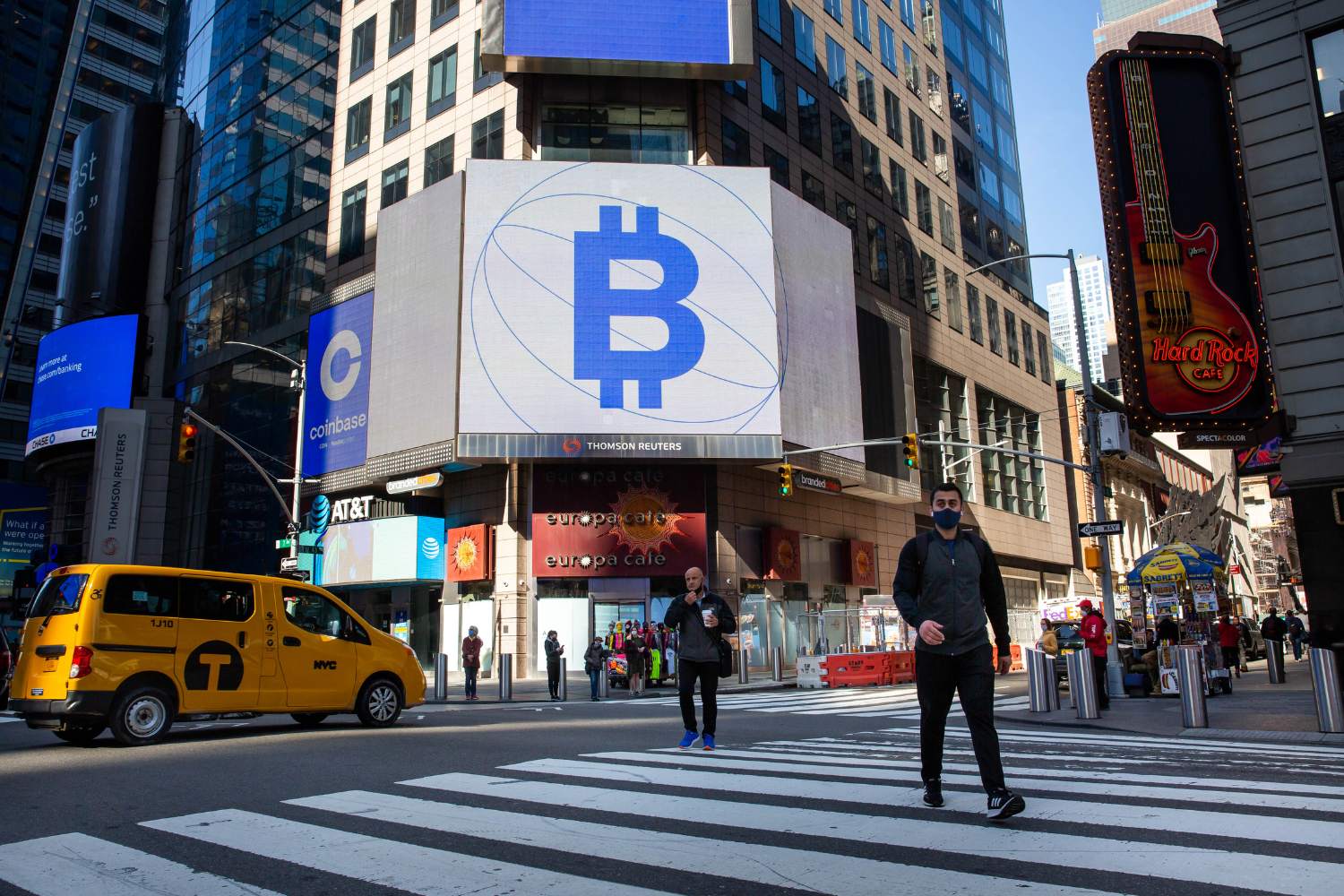Introduction
A circulating supply refers to the total number of coins or tokens of a cryptocurrency available in the market and actively circulating among users. It plays a crucial role in determining the market value and liquidity of a cryptocurrency. However, have you ever wondered what happens when a cryptocurrency runs out of its circulating supply?
When a cryptocurrency reaches a point where its circulating supply is depleted, it means that all the existing coins or tokens have been distributed or locked up, leaving no more available for trading or transactions. This situation can have several implications for the cryptocurrency and its ecosystem.
In this article, we will explore the concept of circulating supply, how it is determined, and the reasons why a cryptocurrency may run out of its circulating supply. Additionally, we will discuss the consequences of such a scenario and potential solutions that can be implemented. To provide a deeper understanding, we will also examine real-life case studies of cryptocurrencies that have experienced this situation.
It is important to note that each cryptocurrency operates differently, and the success or failure of a cryptocurrency running out of its circulating supply can vary depending on various factors such as the project’s goals, technology, and community support. Let’s delve into the fascinating world of circulating supply and explore what happens when a cryptocurrency exhausts its available coins or tokens.
What is circulating supply?
Circulating supply refers to the total number of coins or tokens of a cryptocurrency that are available in the market and actively being used for trading or transactions. It is an essential metric used to assess the value and liquidity of a cryptocurrency.
The circulating supply is typically different from the total supply of a cryptocurrency. The total supply represents the maximum number of coins or tokens that can ever exist for that particular cryptocurrency. On the other hand, the circulating supply excludes any coins or tokens that may be locked up, held by the project team, or not accessible for trading.
The calculation of circulating supply depends on various factors, such as the distribution model and tokenomic design of the cryptocurrency. Some cryptocurrencies have a fixed circulating supply, while others may have a dynamic supply that changes over time.
For example, in a cryptocurrency with a fixed supply like Bitcoin, the circulating supply is determined by the number of coins that have been mined and are in circulation, excluding any lost or dormant coins. In contrast, cryptocurrencies with a variable supply, such as Ethereum, may have additional coins generated through mechanisms like mining rewards or token staking.
The circulating supply plays a significant role in determining a cryptocurrency’s market capitalization, which is calculated by multiplying the price per coin or token by the circulating supply. It provides investors and traders with insights into the size and worth of a cryptocurrency in the market.
Moreover, the circulating supply also affects the liquidity of a cryptocurrency. A higher circulating supply generally means more coins or tokens available for trading, increasing the market depth and potential trading volume.
Understanding the concept of circulating supply is crucial for investors and enthusiasts as it helps assess the long-term sustainability and potential growth of a cryptocurrency. By analyzing the circulating supply, one can evaluate factors such as scarcity, inflationary tendencies, and overall market demand for a particular cryptocurrency.
How is circulating supply determined?
The determination of the circulating supply of a cryptocurrency involves considering several factors, including the distribution model, tokenomics, and the specific rules set by the project team. While the exact method may vary from one cryptocurrency to another, here are some common approaches used to determine the circulating supply:
- Mining and Distribution: In cryptocurrencies that utilize proof-of-work (PoW) or proof-of-stake (PoS) consensus algorithms, new coins are often generated through the mining or staking process. These newly created coins are initially added to the circulating supply and can be obtained by miners or stakers based on the network’s rules.
- Coin Burn: Some cryptocurrencies implement a mechanism where a portion of the coins or tokens in circulation is permanently destroyed or “burned” to reduce the total supply. This reduction in supply effectively increases the scarcity and value of the remaining circulating coins.
- Token Lock-ups: In certain cases, a portion of the circulating supply may be locked up or held by the project team, early investors, or strategic partners. These locked-up coins are not available for trading or transactions, and they are typically excluded from the circulating supply calculation.
- Tokenomics and Supply Schedule: The tokenomic design of a cryptocurrency defines how the circulating supply will evolve over time. It includes factors such as inflation rate, emission schedule, token release mechanisms, and any planned adjustments to the supply. The circulating supply is often determined based on these tokenomic parameters.
It is important to note that the accurate determination of the circulating supply requires transparency and regular reporting from the cryptocurrency project team. Investors and users rely on this information to assess the current state of a cryptocurrency and make informed decisions.
However, it is worth mentioning that the determination of circulating supply can sometimes be challenging due to factors like lost or dormant coins, double spending, or inaccurate reporting. In such cases, it becomes crucial for the project team and the community to maintain vigilance and adopt measures to ensure the accuracy and integrity of the circulating supply data.
Reasons for a cryptocurrency running out of its circulating supply
A cryptocurrency may run out of its circulating supply due to various reasons. While each cryptocurrency operates differently, here are some common factors that can contribute to the depletion of the circulating supply:
- Fixed Supply: Some cryptocurrencies have a fixed supply, meaning that there is a predetermined maximum number of coins or tokens that can ever exist. Once this limit is reached, the circulating supply will eventually run out as no new coins can be created.
- Token Burn: Token burn is a deliberate action taken by a cryptocurrency project to permanently remove a certain amount of coins or tokens from circulation. This can be done to increase scarcity, enhance the value of the remaining tokens, or comply with specific tokenomic rules. When a significant amount of tokens are burned, the circulating supply decreases, potentially leading to its eventual depletion.
- Token Lock-ups: In some cases, a significant portion of a cryptocurrency’s circulating supply may be locked up or held by the project team, early investors, or strategic partners. These locked-up coins are not available for trading or transactions, gradually reducing the available circulating supply until it runs out.
- Lost Wallets or Dormant Coins: Cryptocurrencies are sometimes subject to lost wallets or dormant coins, where users lose access to their wallets or intentionally hold their tokens without actively participating in transactions. As a result, these coins remain out of circulation, gradually reducing the overall circulating supply.
- Inflation Control: Certain cryptocurrencies implement measures to control inflation by gradually reducing the rate of coin generation over time. As the rate of new coins being added to the circulating supply decreases, it may eventually lead to the depletion of the supply.
- Discontinued Projects: In unfortunate cases, cryptocurrency projects may face obstacles, regulatory issues, or lack of development progress, leading to the project being discontinued. When a project is abandoned or fails to gain traction, the circulating supply may become stagnant, eventually running out as no new activity or transactions take place.
It is important to note that running out of circulating supply does not necessarily mean the end of a cryptocurrency. The impact of a depleted supply can vary depending on the project’s goals, the underlying technology, and the community support. Cryptocurrencies can still function and hold value even with a limited circulating supply, especially if there is demand and utility for the existing tokens or coins.
Consequences of a cryptocurrency running out of its circulating supply
When a cryptocurrency runs out of its circulating supply, it can have several consequences that can significantly impact both the cryptocurrency itself and its ecosystem. Here are some of the potential outcomes:
- Increased Scarcity and Value: Running out of circulating supply can lead to increased scarcity of the cryptocurrency, which can potentially drive up its value. With a limited number of coins or tokens available for trading or transactions, the demand for the cryptocurrency may rise, resulting in price appreciation.
- Reduced Liquidity: A cryptocurrency with an exhausted circulating supply may experience reduced liquidity in the market. Limited availability of coins or tokens can result in lower trading volumes and increased price volatility, making it more difficult for users to buy or sell the cryptocurrency at desirable prices.
- Market Manipulation: As the circulating supply diminishes, the potential for market manipulation and price manipulation increases. With fewer coins available for trading, large holders could potentially have a greater influence over the price and market movements, making the market more susceptible to manipulation.
- Increased Demand for Alternatives: When a cryptocurrency runs out of its circulating supply, users and investors may seek alternative cryptocurrencies that offer similar features or functionalities. This can lead to increased attention and demand for competing projects, potentially diverting attention and resources away from the cryptocurrency with the depleted supply.
- Reduction in Network Activity: A limited circulating supply can result in a decrease in network activity and transaction volume. With fewer coins or tokens available, users may be less inclined to engage in transactions, which can impact the overall network utilization and adoption of the cryptocurrency.
- Shift in Community Dynamics: The dynamics of the cryptocurrency’s community can also be affected when the circulating supply runs out. Depending on the project’s goals and community sentiment, users may shift their focus to other cryptocurrencies or projects that offer more potential for growth or active development.
It is essential to note that the consequences of a cryptocurrency running out of its circulating supply can vary based on the specific circumstances and the overall market conditions. Projects that have built a strong ecosystem, offer unique value propositions, or have a loyal community may be better positioned to navigate the challenges associated with a depleted circulating supply.
Possible solutions for a cryptocurrency that runs out of its circulating supply
When a cryptocurrency runs out of its circulating supply, the project team and the community may explore various solutions to address the situation. While the appropriate course of action depends on the specific circumstances, here are some possible solutions that can be considered:
- Token Split or Redenomination: In some cases, a cryptocurrency may choose to split its tokens or coins to increase the total supply and replenish the circulating supply. This can be achieved through a process called token split or redenomination, where each existing token is divided into multiple smaller units.
- Token Burn and Redistribution: If the cryptocurrency has a significant amount of locked-up or dormant coins, the project team may consider a token burn and redistribution strategy. By burning a portion of the existing supply and redistributing it among active users, the circulating supply can be rejuvenated.
- Unlocking Locked-up Coins: If a substantial portion of the circulating supply is locked up or held by the project team or early investors, unlocking these coins can help replenish the circulating supply. However, this should be done cautiously to prevent sudden dumping or negative market impact.
- Community-led Initiatives: In some cases, the cryptocurrency community may come together to propose and implement solutions to replenish the circulating supply. This can include initiatives such as airdrops, token swaps, or incentivizing users to actively participate in transactions to increase liquidity.
- Partnerships and Integrations: Collaborating with other projects or integrating with existing platforms can also help expand the network and increase the circulating supply. By partnering with established entities, the cryptocurrency can gain access to a larger user base and potential liquidity.
- Expansion of Use Cases: Broadening the utility and use cases of the cryptocurrency can incentivize more users to actively hold and transact with the coins or tokens. This can create a demand-supply balance and ensure the circulating supply remains accessible and actively in use.
It is important to consider the long-term implications and potential risks associated with each solution. A thorough analysis of the project’s goals, community sentiment, and market conditions is necessary to determine the most suitable course of action.
Furthermore, open and transparent communication between the project team and the community is vital in exploring and implementing possible solutions. Engaging with users, soliciting feedback, and incorporating community input can foster a sense of ownership and commitment towards resolving the issue of a depleted circulating supply.
Case studies: Cryptocurrencies that have run out of their circulating supply
While it is relatively uncommon for cryptocurrencies to completely run out of their circulating supply, there have been notable instances where this situation has occurred. Let’s explore a few case studies of cryptocurrencies that have experienced a depleted circulating supply:
- Bitcoin: Bitcoin, the pioneering cryptocurrency, operates on a fixed supply model with a maximum limit of 21 million coins. As of now, more than 18.5 million bitcoins have been mined, and the circulating supply continues to increase over time. While it has not yet run out of its circulating supply, the decreasing rate of new coin issuance due to mining rewards halving every four years will eventually lead to this scenario in the future.
- Ripple (XRP): Ripple had pre-mined and distributed a large portion of its total supply, resulting in a limited circulating supply of XRP. However, the company continues to release XRP periodically from its escrow accounts to maintain liquidity and manage market conditions. While it has not run out of its circulating supply, the controlled release of XRP has been a subject of discussion and scrutiny within the cryptocurrency community.
- Binance Coin (BNB): Binance Coin is the native cryptocurrency of the Binance exchange and operates on the Binance Chain. A portion of BNB’s total supply was burned over time through periodic token burns conducted by Binance. These token burns significantly reduced the circulating supply of BNB while increasing the overall value of the remaining coins.
- VeChain (VET): VeChain, a blockchain platform focusing on supply chain and enterprise solutions, implemented a token split in 2018 to increase the total supply of VET and replenish the circulating supply. This initiative aimed to improve liquidity and support the growing adoption of the VeChain ecosystem.
- EOS: EOS, a blockchain platform for decentralized applications, held an initial coin offering (ICO) in 2018 and distributed a significant portion of its circulating supply. However, the project faced controversy and criticism regarding its governance model and token distribution. While EOS has not yet run out of its circulating supply, its distribution model and tokenomics have been subjects of debate within the cryptocurrency community.
These case studies highlight the importance of careful tokenomic design, responsible distribution, and community engagement in managing the circulating supply of a cryptocurrency. The lessons learned from these experiences can help guide future projects in ensuring a sustainable and balanced approach to supply management.
Conclusion
Circulating supply plays a vital role in the valuation and liquidity of a cryptocurrency. While it is rare for a cryptocurrency to completely run out of its circulating supply, it is important to understand the implications and potential solutions associated with such a scenario.
We explored the concept of circulating supply, its determination, and the reasons that can lead to a cryptocurrency running out of its circulating supply. We also discussed the consequences of a depleted circulating supply, such as increased scarcity, reduced liquidity, and potential market manipulation.
In addressing a cryptocurrency that runs out of its circulating supply, possible solutions include token splits, token burn and redistribution, unlocking locked-up coins, community-led initiatives, partnerships, and expanding use cases. Each solution should be carefully considered in light of the project’s goals, community sentiment, and market conditions.
Through case studies of cryptocurrencies like Bitcoin, Ripple, Binance Coin, VeChain, and EOS, we saw different approaches and experiences related to circulating supply management. These case studies demonstrate the significance of thoughtful tokenomic design, responsible distribution, and transparent communication with the community.
As the cryptocurrency ecosystem continues to evolve, it is crucial for projects to strike a balance between creating scarcity and maintaining sufficient liquidity in the circulating supply. A well-managed circulating supply can contribute to the long-term success and growth of a cryptocurrency.
By understanding the dynamics of circulating supply, investors, enthusiasts, and project teams can make more informed decisions and contribute to the development of a vibrant and sustainable cryptocurrency ecosystem.







